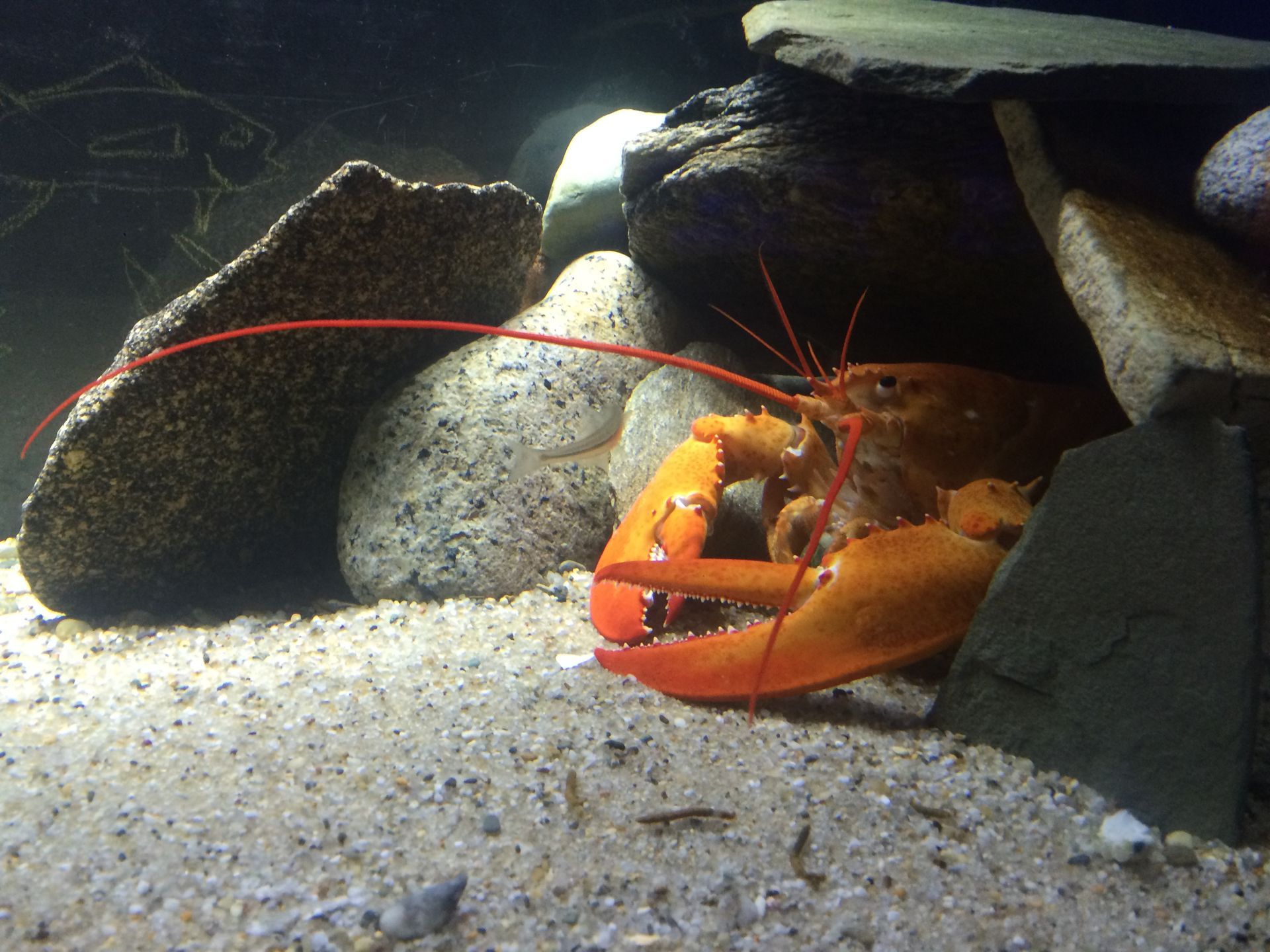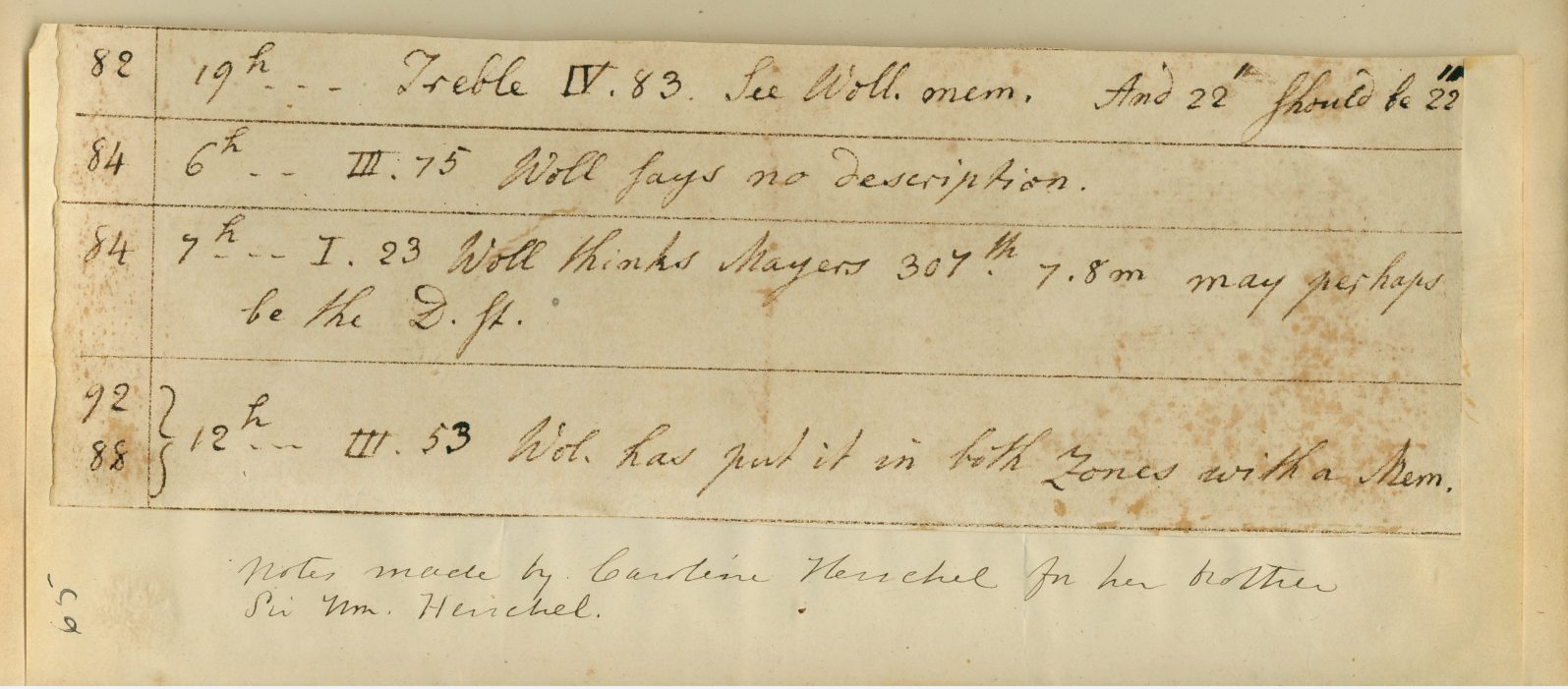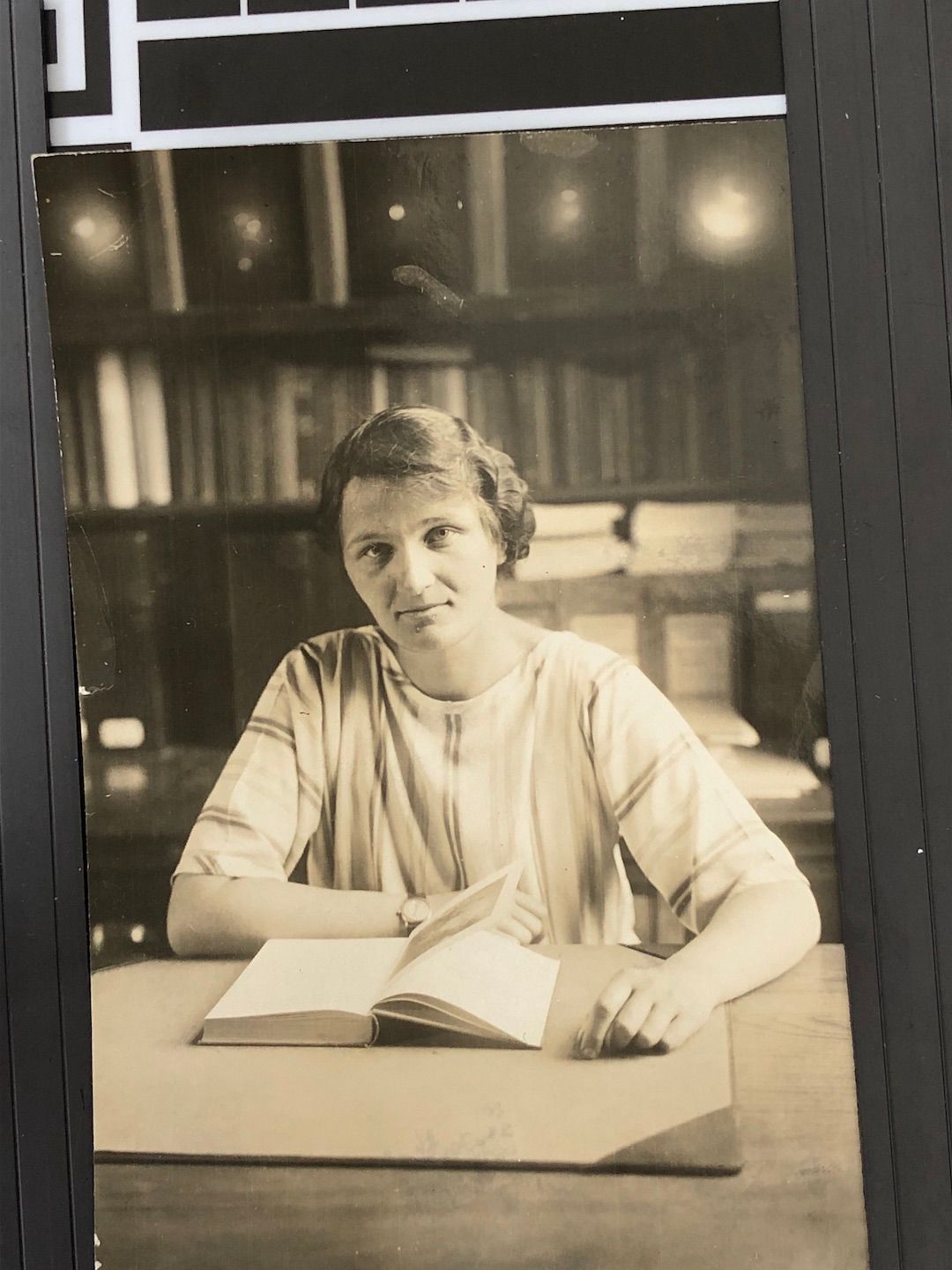Glass Plate Photographic Collection
With the help of Edward Pickering from Harvard, the MMA was able to develop a research program and realized that a photographic telescope would be necessary. Funds were raised and by November 1913, a 7.5-inch photographic telescope was installed. Using Maria Mitchell’s 5-inch Alvan Clark telescope as a guide for the larger photographic telescope, the photographic telescope had a lens from Thomas Cooke and Sons of York, England and a cast-iron pier, mount, and clockwork by Alvan Clark & Sons in Cambridge, MA. The pier, mount, and clockwork are still present in the MMO – the pier and mount still utilized but by a 17-inch research telescope purchased with a grant from the National Science Foundation.
The glass plates taken of the night sky at the MMO total more than 8,000 and they are still utilized for research. They capture a moment in the night sky that can never be captured again – just like a regular photograph. In order to capture the image of the night sky, exposures could last for as long as three hours or more. Glass plates were heavily used for researching variable stars. They also afforded opportunities for new discoveries that could go unnoticed when one looked through a telescope by eye. Glass plates are gelatin-coated dry plate negatives that first came into use in the 1870s. They were utilized well into the late twentieth century particularly because they did not shrink or deform like plastic film. At the MMA, we continued to take glass plates of the night sky until 1995 when we had the opportunity and funding to update to a CCD camera – charge-coupled devices. While the CCDs provided many improvements, they still did not have the detecting area and resolution of glass plates. Technology continues to evolve, and the MMA with it, as we work with new methods to capture the night sky photographically.
JNLF
Recent Posts





